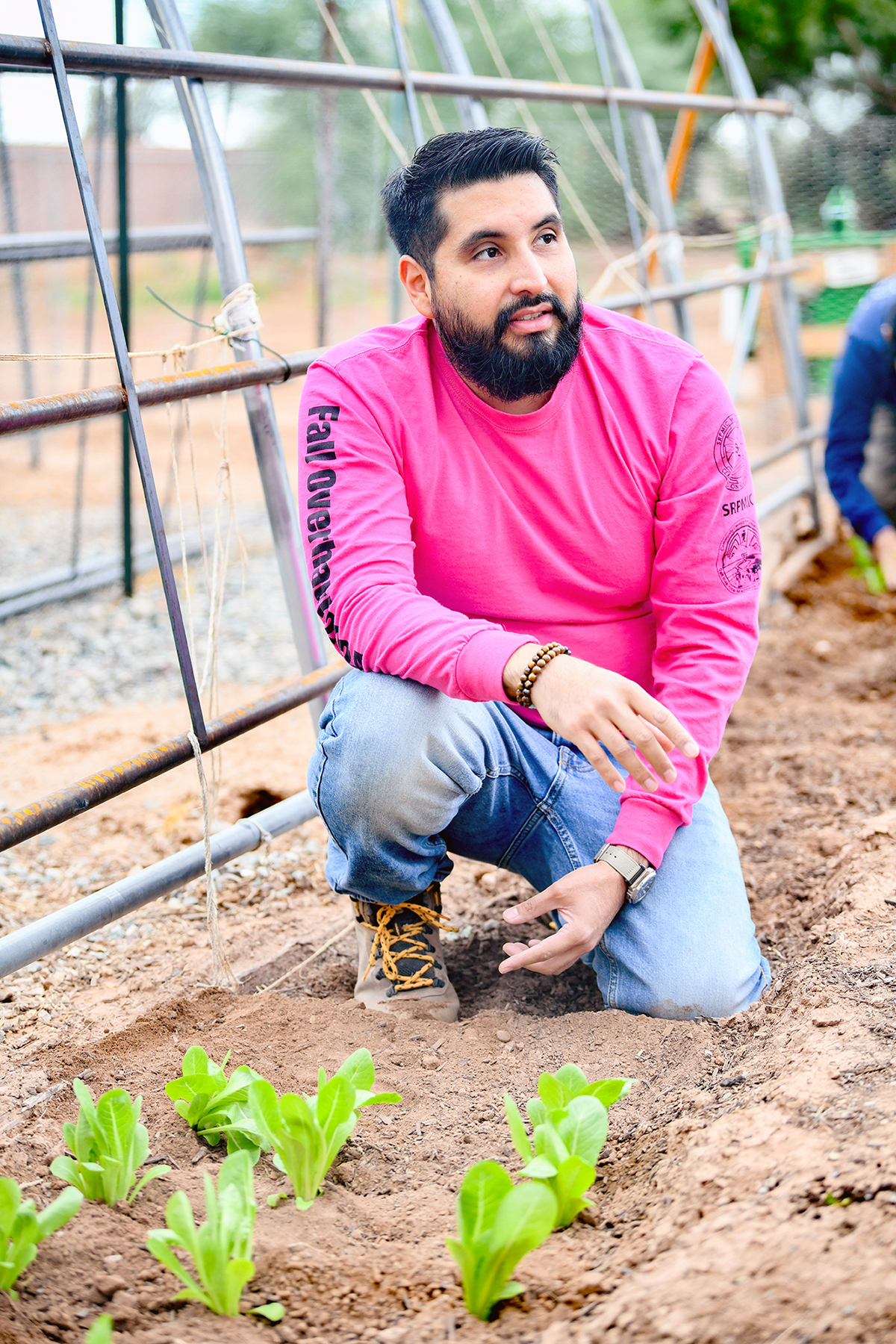VIEWS: 2881
October 6, 2022Expanded Behavioral Health Services Offered to the Community
The opioid epidemic is affecting people everywhere in the United States, including in Indian Country. “Native communities are a little bit more adversely impacted by it, but not by much; every ethnicity is being hurt by the opioid epidemic,” explained John Godfrey, chief behavioral health officer for Salt River Pima-Maricopa Indian Community Behavioral Health Services (BHS).
In response, BHS has developed and updated its services and programs to better meet the needs of people suffering from addiction so they can recover and live a healthy life. On top of that, BHS continues to provide crisis services, outpatient mental health and substance use services, counseling, case management, adult and family services, child family services and residential substance abuse services.
Regarding the updates at BHS, Godfrey said, “We’re going from serving Salt River to serving all Natives in this new building (the River People Health Center). Our scope has expanded quite a bit over the last year. I would say our biggest [change] is just adding more counselors and more capacity to serve the number of patients that we’re getting. Another big thing is we’re really beefing up our Journey to Recovery program by making it into more of a treatment philosophy.”
Journey to Recovery (JTR) encompasses a variety of services under the umbrella of substance use, including Withdrawal Management, which used to be called Social Detox.
“Withdrawal Management is for people who are dealing with acute withdrawals. … [T]hey want to get off their substances; that’s the first stop. So, they might spend three days to a week there,” said Godfrey. “JTR has three buildings: there’s the detox building, which we call Withdrawal Management now, and then there’s the men’s and women’s facilities, and they each have a certain number of beds. So, people move from Withdrawal Management over to residential treatment, where they can spend from 90 to 120 days.”
But the recovery services don’t stop there; JTR also provides a Partial Hospitalization Program for people who don’t need the same level of care that a full residential program provides. Those individuals attend the program during the day and participate in group and individual counseling.
After completing the Partial Hospitalization Program, patients can move to the Intensive Outpatient Program, in which patients have a therapist and attend two-hour group counseling three or four days a week.
“We added in the last year a Sober Living home for males, a six-bed facility located at the (remodeled) old group home at Longmore and Chaparral,” said Godfrey. “We really want to add a female Sober Living home, and we’re probably going to have to either rent a property or build a new house [for that]. That’s probably a year or two away.”
BHS also has added a medical component to its opioid treatment programs through Medication-Assisted Treatment (MAT). Patients seeking to stop their addiction to opioids take medications to ease the symptoms of withdrawal, such as, cravings, nausea, fatigue and anxiety.
“What we find is that when somebody comes into treatment, the withdrawal is so horrible that they would rather leave and continue to use the drug,” said Godfrey. Being able to lean on the medications “allows us to reduce their physical symptoms, which increases the chance that they will stay in the program, engage in therapy and get better. They can talk about their problems and they’re not constantly obsessed with trying to fight that addiction in the brain.
“Suboxone and Buprenorphine are medications that you can take to reduce the craving for the opioid drug,” said Godfrey. “You can be on a medication and … it basically will take away the withdrawals so … the mental and physical addiction just drops right down.”
BHS is also starting a Re-entry Program to help those being released from jail. The program helps individuals transition from being incarcerated to reentering the Community through therapy and working with a social worker. They will begin their treatment in jail if they have a substance abuse problem, and when they are released, the program will help them with housing and finding a job.
“Our job is to help them re-enter society and have a softer landing when they get out of jail. [For example,] they might not have their [driver’s] license or it has expired, they don’t have a job lined up, and maybe they didn’t finish their GED,” said Godfrey. “We’re going to help them transition and get those services.”
Currently, BHS is hiring additional counselors to help provide these services to more people. All these services are available to people enrolled in a federally recognized tribe.
“There’s a lot of stigma around seeking help for something that happens with your brain. Somehow, we feel like we should be able to take care of it ourselves,” said Godfrey. “But let’s say you have diabetes or cancer. You’re not going to cure that just by thinking that you can. But when we have something going on with our feelings and emotions, we feel like we can handle it alone. You have to think of [addiction] as a physical illness. It’s something that needs to be treated and requires professional help.”
If you are seeking counseling, would like help for addiction recovery, or need any other BHS services, call (480) 278-RPHC (7742). To learn more about the behavioral health services offered at the River People Health Center, go online to www.rphc.org/services/behavioral-health/.







